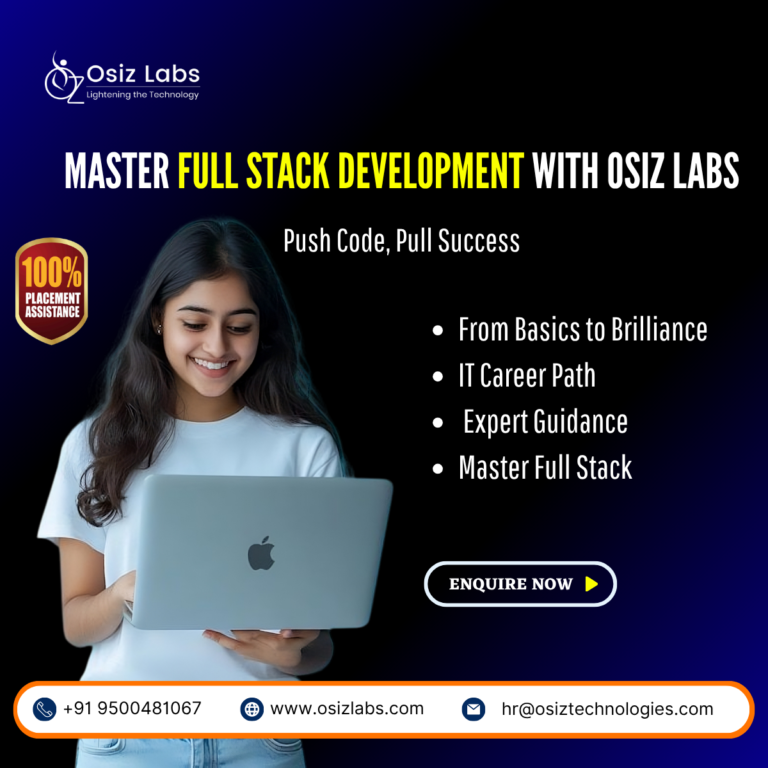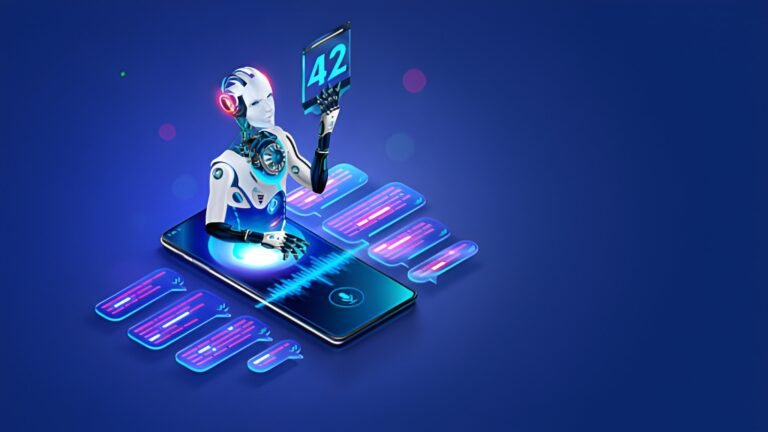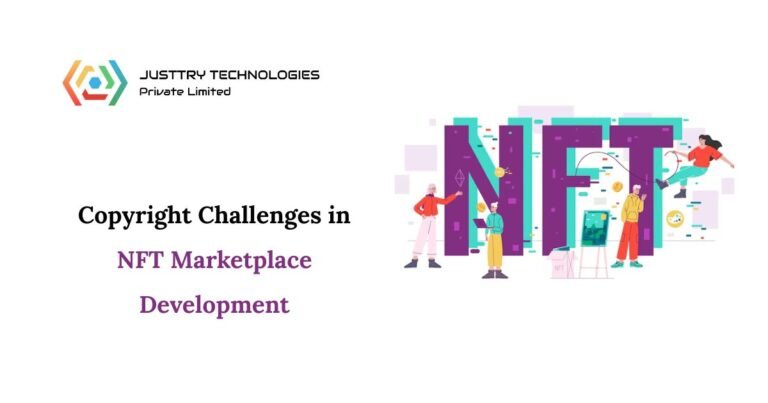For the past decade, the narrative of web applications has been dominated by automation. We celebrated chatbots that could answer basic customer queries, dashboards that could visualize data, and systems that could perform repetitive tasks with flawless precision. This was the era of efficiency, of doing things faster. But a new, more profound revolution is underway, one that moves beyond mere automation and into the realm of autonomy. Welcome to the age of Agentic AI, a paradigm shift that is fundamentally reshaping what we expect from our digital tools and transforming web applications from passive servants into proactive, goal-oriented partners.
This isn’t just another incremental update; it’s an evolutionary leap. While traditional AI and automation are designed to follow a script and execute predefined rules, Agentic AI is designed to think. It can understand a high-level objective, break it down into a series of logical steps, select the right tools for each step, execute them, and adapt its plan based on the results. It’s the difference between a calculator that can only perform the specific operations you input and a financial analyst who can understand your goal of “retiring comfortably” and devise a complex, multi-year investment strategy to get you there. For any business looking to innovate, understanding this shift is no longer optional—it’s essential for survival and growth.
From Programmed Responses to Proactive Reasoning: The Agentic Leap
To truly grasp the significance of Agentic AI, we must first distinguish it from the automation we’ve grown accustomed to. Traditional automation, including most AI-powered chatbots and process automation tools, operates on a reactive, rule-based framework. It’s powerful but limited.
- Traditional Automation: You give it a specific command (“If a user asks for their order status, query the database with this order ID and return the result”) or a structured input, and it produces a predictable output. It excels at well-defined, repetitive tasks but falters when faced with ambiguity, novelty, or multi-step problems that require context and judgment.
- Agentic AI: You give it a high-level goal (“A customer is unhappy with a delayed delivery. Resolve the issue to ensure customer satisfaction and retention.”). The AI agent doesn’t just follow a script; it initiates a dynamic problem-solving process.
This process, often modeled on a Plan-Execute-Reflect loop, might look something like this:
- Planning: The agent deconstructs the goal. It understands “resolve the issue” means more than just providing a tracking number. It involves investigation, communication, and remediation. Its plan might be:
- Tool Use: The agent identifies and utilizes the necessary tools. This is a critical capability. It can interact with internal databases, CRM software, external APIs (like FedEx or Stripe), and communication platforms (email, SMS) to gather information and execute actions.
- Execution & Adaptation: The agent carries out the plan, sending the apology email, applying the discount code to the customer’s account, and placing the replacement order through the e-commerce backend. If a step fails (e.g., the replacement item is out of stock), it adapts its plan, perhaps suggesting an alternative product or a full refund.
- Reflection: After resolving the issue, the agent can log the incident, noting the root cause of the delay to contribute to a larger dataset for process improvement.
This ability to autonomously plan, use tools, and adapt makes Agentic AI a game-changer. It elevates a web application from a simple interface to a dynamic, reasoning entity that actively works on a user’s behalf. This is where a forward-thinking web development company sees the future, moving beyond building static pages and into creating intelligent ecosystems.
Real-World Revolution: Agentic AI Use Cases Transforming Industries
The theoretical promise of Agentic AI is already translating into tangible value across a spectrum of web applications. Businesses are leveraging this technology to create unprecedented levels of personalization, efficiency, and user empowerment.
1. E-commerce: The Hyper-Personalized Shopping Concierge
The standard e-commerce experience is reactive. You search, you filter, you buy. Agentic AI flips this model.
- Proactive Shopping Assistant: Imagine a user logging into an online clothing store and instead of a search bar, they state a goal: “I need an outfit for a formal wedding in Miami next month. My budget is $400, and I prefer breathable fabrics.” An AI agent takes over, not just filtering products, but acting as a personal stylist. It considers the weather in Miami, sources a dress, suggests matching shoes and accessories from different product categories, checks if the items can be delivered in time, and presents a complete, curated look. It can even go further, comparing prices for similar items across the web to assure the user they’re getting the best value.
- Autonomous Supply Chain Management: Behind the scenes, AI agents can monitor sales trends, competitor pricing, and even social media sentiment in real-time. An agent could detect a sudden surge in demand for a particular product, predict a potential stockout, and automatically generate a purchase order with suppliers, negotiating pricing based on volume—all before a human manager even notices the trend.
2. SaaS & Business Operations: The Autonomous Team Member
In the B2B world, Agentic AI is evolving SaaS platforms from tools into teammates.
- Intelligent Project Management: A project manager could input a goal into their web-based PM tool: “Launch the Q4 ‘Winter Warmth’ marketing campaign by November 15th.” An agentic system would break this down into constituent parts: create a content calendar, assign blog post tasks to writers, schedule social media posts, allocate budget for ad spend, and set up performance tracking dashboards. It would interact with other integrated apps like Google Calendar, Slack, and Jira to coordinate the team, sending reminders and flagging dependencies without manual oversight. When a task is blocked, the agent can proactively notify the relevant stakeholders with suggested solutions. To build these complex systems, businesses are partnering with a specialized agentic ai development company to integrate this level of intelligence.
- Proactive Data Analyst: Traditional business intelligence dashboards show you what happened. An agentic web app can tell you why it happened and what you should do next. It could monitor sales data and autonomously generate a report: “Sales in the Northeast region have dropped 15% this month. My analysis of support tickets and CRM data suggests this correlates with a new competitor’s launch. I recommend a targeted promotional offer for at-risk customers in that region and have drafted an email campaign for your approval.”
3. Travel and Hospitality: The End-to-End Trip Architect
Travel planning is a complex, multi-step process that is ripe for agentic disruption.
- Goal-Oriented Itinerary Planning: A user can simply state their intent: “Plan a 10-day family-friendly trip to Italy in June, focusing on history and food, with a budget of $8,000.” The AI agent would then embark on a comprehensive research and booking process. It would find the most cost-effective flights, book family-friendly hotels with positive reviews, schedule train tickets between Rome and Florence, reserve museum passes to avoid long queues, and even make dinner reservations at highly-rated, authentic restaurants—presenting the user with a complete, bookable itinerary. The right web app development solutions in this space focus on integrating dozens of APIs to make this seamless experience a reality.
4. Healthcare: The Personalized Patient Navigator
In healthcare, web portals can become active participants in a patient’s care journey.
- Automated Care Coordination: An AI agent connected to a patient’s health records could manage their care plan proactively. After a diabetic patient’s blood sugar monitor logs high readings, the agent could automatically schedule a telehealth appointment with their endocrinologist, provide the doctor with a summary of the recent data trends, and send the patient educational materials on diet management—all triggered by the data, not a manual request.
The Tech Stack: Building the Brains of the Operation
Creating these sophisticated web applications requires a modern stack designed for reasoning and tool integration.
- Large Language Models (LLMs): At the core of every agent is an LLM (like GPT-4, Claude 3, or Gemini) that serves as its reasoning engine. The LLM is what allows the agent to understand goals, break down problems, and formulate plans.
- Agentic Frameworks: Frameworks like LangChain, AutoGen, and CrewAI provide the structure for building agents. They offer standardized ways to connect LLMs to tools, manage memory (so the agent remembers past interactions), and implement the planning and execution logic.
- Vector Databases: For long-term memory and context, vector databases (e.g., Pinecone, Chroma) are crucial. They allow an agent to store and retrieve relevant information from vast datasets—like past conversations or technical manuals—to make more informed decisions.
- APIs and Tooling: The agent’s ability to act in the digital world is entirely dependent on its access to tools via APIs. A well-designed agentic system has a secure and robust library of tools it can call upon, from sending an email (SendGrid API) to processing a payment (Stripe API) or querying a database. Successfully integrating these components is a hallmark of high-quality web application development services.
Navigating the Challenges: Responsibility in the Age of Autonomy
The power of Agentic AI comes with significant responsibility. As we grant web applications more autonomy, we must address the inherent challenges and ethical considerations.
- Security and Control: Giving an AI agent the keys to your company’s internal systems or a user’s personal data is a major security consideration. Robust authentication, permission hierarchies, and strict “guardrails” are essential to prevent misuse. Businesses need to define exactly what actions an agent can and cannot take.
- Reliability and “Hallucinations”: LLMs can still make mistakes or “hallucinate” information. In a simple chatbot, this is an annoyance. In an agent that can execute financial transactions or manage health data, it’s a critical failure point. Implementing human-in-the-loop (HITL) workflows, where an agent’s decisions are reviewed by a person before execution in high-stakes scenarios, is crucial.
- Data Privacy: These agents require access to vast amounts of data to be effective. Ensuring this data is handled ethically, securely, and in compliance with regulations like GDPR and CCPA is paramount.
- Accountability: If an autonomous agent makes a mistake, who is responsible? The user who gave the goal? The company that deployed the application? The developers who built it? Clear lines of accountability must be established. Exploring advanced ai development solutions must always be paired with a rigorous ethical review process.
The Future is Collaborative: Beyond Using Apps to Partnering with Them
We are at the very beginning of the agentic AI revolution. The web applications of the next five years will look and feel profoundly different from those of today. The keyboard and mouse, once our primary tools for instructing computers, will be supplemented by natural language goals. We will shift from being operators of software to collaborators with intelligent digital partners.
The future will involve multi-agent systems, where specialized agents (a research agent, a writing agent, a coding agent) collaborate to tackle even more complex goals. The level of personalization will be so deep that for many tasks, the web application’s interface will effectively disappear, replaced by a simple conversational prompt that unleashes a cascade of autonomous actions in the background.
For businesses, the call to action is clear. This is the time to move beyond thinking about AI as a simple automation tool. It’s time to ask: “What are the core goals of our users and our business, and how can an autonomous agent proactively achieve them?” The companies that answer this question successfully will not only redefine their industries but will also build the next generation of digital experiences. The journey from automation to autonomy is complex, but the destination—a smarter, more responsive, and truly helpful web—is well worth the effort. Choosing the right web app development company is the critical first step in navigating this exciting new landscape.





